In this article, you’ll learn what is a solar panel, how it works? What are the different types of solar panels, their advantages, and disadvantages?
Also, you can download the PDF file of this article at the end of it.
Solar Panel and Types
The solar panel is also known as a PV (photo-voltaic) panel. Photo-voltaic cells use sunlight energy and generate direct current electricity.
In other words.
PV is used to convert sunlight energy, which is formed by energy particles known as “photons”, into electricity that can be used to power electrical components. The combination of PV modules is called PV panels.
Now let’s look at the solar panel system.
Don’t Miss Out: Mechanical Properties That Every Mechanical Engg Should Know
What is the Solar Panel System?
A solar panel system is a system of interconnected assembly (also known as an array) of photovoltaic (PV) solar cells.
The energy produced by the solar panel is measured in volts or watts. It will vary according to the type of system and the solar cell you are using. Each of the array’s solar panels (modules) consists of a group of solar cells packed jointed in a metal frame.
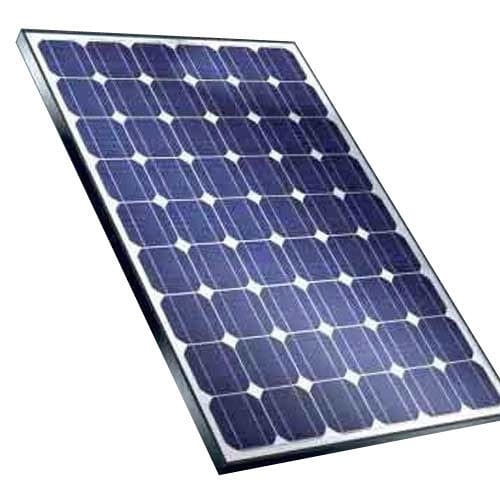
A single solar panel typically consists of 60, 72, or 96 solar cells. Every solar cell includes an inverter to convert the direct current produced into the alternating current electricity used in the home. The placed inverter can be large and centralized.
Working of Solar Panel
Solar panels receive sunlight as a source of energy to produce electricity or heat. A photovoltaic module is usually a connected combination of photovoltaic solar cells.
Photovoltaic modules constitute the photovoltaic array of a photovoltaic system that generates and supplies solar electricity in many applications. Each module is rated under standard test conditions by its DC output power, typically ranging from 100 to 365 watts.
The efficiency of a module given the same rated output, as an 8% efficient 230W module will have twice the area of a 16% efficient 230W module. Some commercially available solar modules exceed 22% capacity and reportedly even exceed 24%.
A single solar module can provide only an inadequate amount of power. Most of the installations include multiple modules. A photovoltaic system includes an array of PV (photovoltaic) modules, an inverter, interconnection wiring, a battery pack for storage, and a solar tracking mechanism optionally.
The most general application of solar panels is solar water heating systems.
Read Also: Working of Diesel Power Plant: [Layout, Advantages, Diagrams]
Types of Solar Panel
Following are the different types of solar panels classified according to the generation of solar panel:
- Monocrystalline Solar Panels (Mono-SI)
- Polycrystalline Solar Panels (Poly-SI)
- Amorphous Silicon Solar Cell (A-Si)
- Thin-Film Solar Cells (TFSC)
- Biohybrid Solar Cell
- Concentrated PV Cell (CVP and HCVP)
- Cadmium Telluride Solar Cell (CdTe)
First Generation Solar Panels
According to Green Match following are the different types of solar panels made of monocrystalline silicon or polysilicon and are commonly used in traditional environments.
#1 Monocrystalline Solar Panels (Mono-SI)
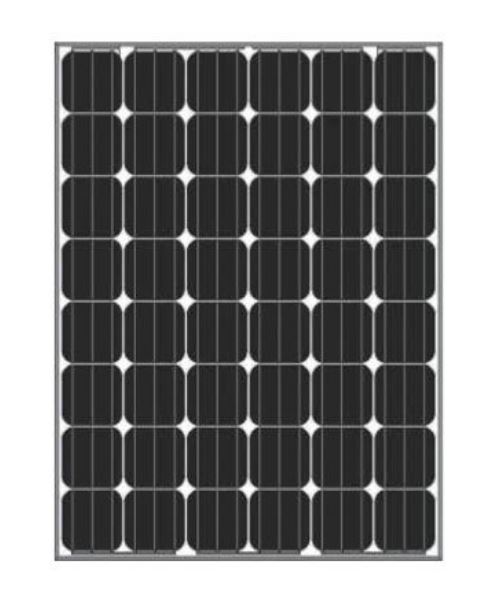
The monocrystalline solar panel is made of monocrystalline silicon is the purest. They are available in the form of an equally dark look and rounded edges. The reason for the high purity of silicon is that this type of solar panel has the highest efficiency of above 20% rate.
The benefits of using monocrystalline solar panels have a higher power output, occupy less space, and last longer. They are also costly compared to other types of solar panels. Another benefit to consider is that they are slightly less affected by high temperatures than polycrystalline panels.
#2 Polycrystalline Solar Panels (Poly-SI)
The polycrystalline solar panels have a unique look than other panels. This type of solar panel has squares, and its angles are not cut. The appearance of this panel has a blue and speckled look.
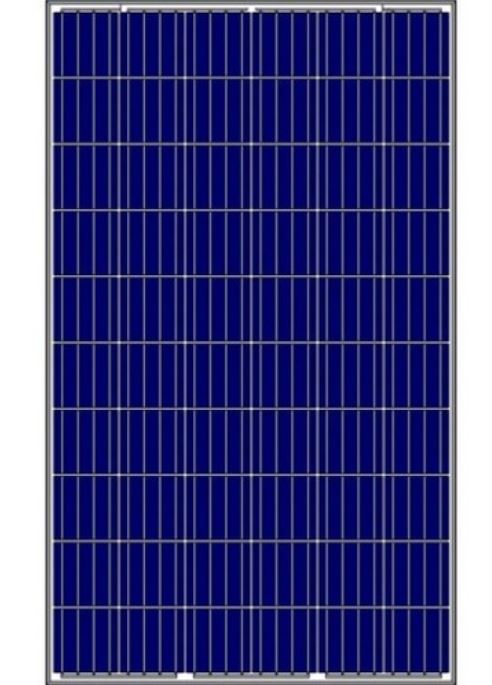
These solar panels are manufactured by melting the raw silicon, which is a quicker and less expensive process compared to monocrystalline panels.
This is also due to lower efficiency of around 15%, lower space efficiency, and a shorter lifespan, even at lower final prices, because they are affected to a greater degree by warmer temperatures.
But, the difference between mono- and polycrystalline types of solar panels is not so important and the choice of using suitable solar panels will depend on your specific situation. This provides slightly more space efficiency at a higher cost, but the power outputs are the same.
Second Generation Solar Panels
These cells differ from first-generation solar cells and are essentially used for photovoltaic power stations integrated with buildings or smaller solar systems.
#3 Amorphous Silicon Solar Cell (A-Si)
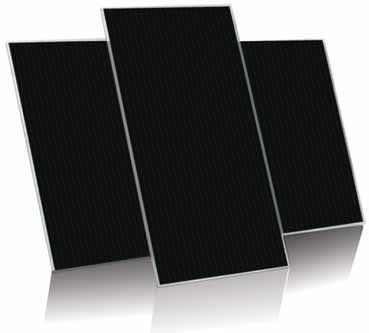
These are the different types of solar panels that one uses mainly in the manufacture of a pocket calculator. The amorphous silicon solar panel uses triple-layered technology, which is the most excellent of the thin film variety.
The thickness of this solar sheet is around about 1 micrometer. It is approximately about one-millionth of a meter. With only a 7% efficiency rate, these cells are less efficient than crystalline silicon ones, which have an efficiency rate of circa 18%. The benefit of using this solar panel is that it is available at a low cost.
#4 Thin-Film Solar Cells (TFSC)
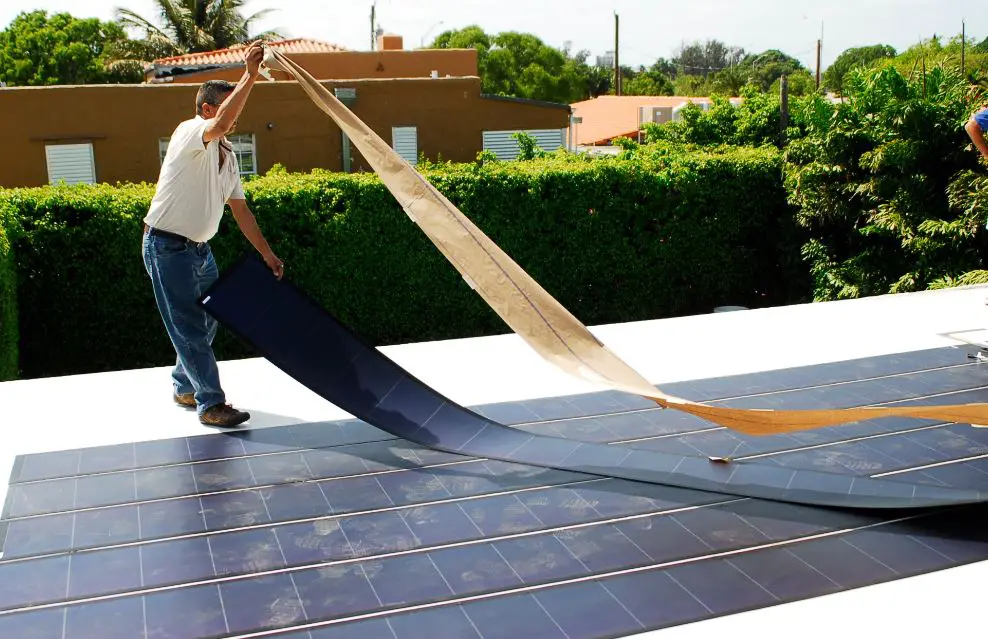
commons.wikimedia.org/
Thin-film solar panels are also known as TFSC. These are made by placing one or more films of PV material, such as silicon, cadmium, and copper, on a substrate. They are easy to produce, and economies of scale make them cheaper than options due to the low content required for their production.
Thin-film solar cells are flexible and less affected by high temperatures. Using these solar cells, opens up plenty of opportunities for alternative applications. The disadvantage of these solar cells is that it takes more space, generally making them unsuitable for residential establishments.
Furthermore, they offer the lowest warranty because their lifespan is shorter than mono- and polycrystalline-type solar panels. It is best to installment where a lot of space is available.
Third Generation Solar Cells
Third-generation solar panels include a type of thin film technology, but most are in the development stage. Any of them produce electricity utilizing natural materials; others use inorganic materials.
#5 Biohybrid Solar Cell
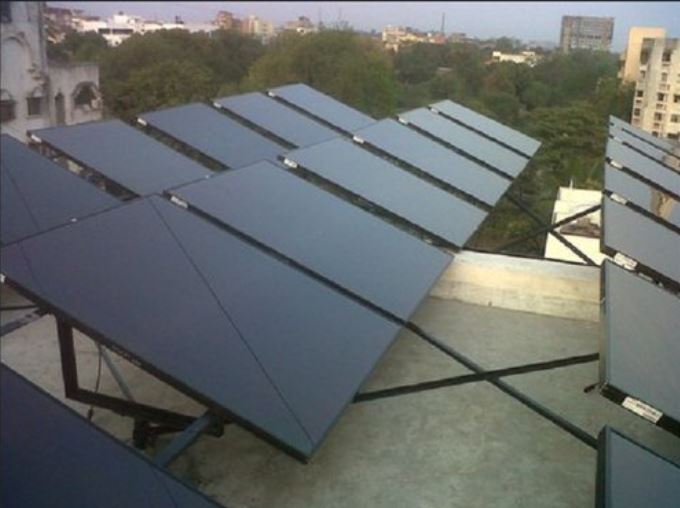
The biohybrid solar cells were founded by an expert team from Vanderbilt University. The concept of this new technology is to take advantage of Photosystem 1 and thus simulate the natural process of photosynthesis.
Many of the materials applied in this cell are related to traditional methods. Combining multiple layers of photosystem 1 makes the transformation from chemical to electrical energy more efficiently. That is 1000 times more effective than the first-generation types of solar panels.
#6 Concentrated PV Cell (CVP and HCVP)
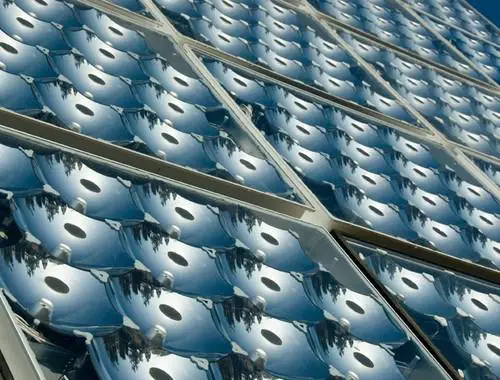
Compared to other types of solar panels, such CVP cells have a name that makes them so efficient: curved mirror surfaces, lenses, and sometimes cooling systems are also used to bind the sun’s rays, and thus their efficiency increases.
Concentrated PV cells produce electrical energy as traditional photovoltaic systems do. The efficiency rate of those multi-junction type solar panels is 41%, one of the highest of all photovoltaic systems.
#7 Cadmium Telluride Solar Cell (CdTe)
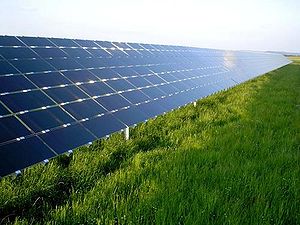
commons.wikimedia.org
In these different types of solar panels, cadmium telluride is used in this photovoltaic technology. That allows the production of solar cells at a meager cost and thus a shorter period (for less than one year).
In all solar energy technology, it requires minimal water for production. The advantage of using these solar cells will keep their carbon footprint as low as possible. The main drawback of using cadmium telluride is its quality of being toxic if ingested or inhaled.
Especially in Europe, as many people are very concerned about using the technology behind this type of solar panel, this is one of the biggest hurdles to overcome.
Read Also: What are the Different Types of Power Plants?
Advantages of Solar Energy
Following are the main advantages of solar energy:
- Solar energy is a type of renewable source of energy.
- By using solar panels, it reduces the consumption of electricity, and you will get low electricity bills.
- It can be used for various purposes. For to generate electricity (photovoltaic) or heat (solar thermal).
- It requires low maintenance cost.
- Technology is constantly advancing in the solar industry, and improvements will be faster in the future.
Disadvantages of Solar Energy
Following are the main disadvantages of solar energy:
- The primary cost of purchasing a solar system is relatively high.
- Solar panels rely on sunlight to effectively collect solar energy.
- The storage of solar energy is costly.
- It requires a lot of space to fit the number of solar panels.
- Although pollution related to solar power systems is much lower than other energy sources.
Which Type of Solar Panel is Best for You?
If you are choosing the right type of solar panel, it all comes under the specifics of your property and condition. Because every solar panel has its pros and cons. The solution is simple. You should proceed depending on your assets and your goals for using the solar project.
Following are some scenarios you can consider.
#1. If you have a lot of space to install solar panels on your roof, then you should go for polycrystalline panels. Because they are less expensive and have lower efficiency.
#2. If you have limited space, install high-efficiency monocrystalline solar panels. They are expensive, and you can save more money on electricity bills.
#3. If you use solar panels on large commercial roofs, you must choose thin-film panels. Because they have lower efficiency and the roof has more area to place them.
Conclusion
That’s it, thanks for reading. The solar panel uses solar energy, which is a renewable energy source. Therefore, it is used in most commercial and non-commercial applications. I hope I explained everything but still, if you have any doubts about “types of solar panels” you can ask in the comment I’ll respond to you.
Want free PDFs direct to your inbox? Then subscribe to our newsletter.
Download PDF of this article:

I am currently writing a paper that is very related to your content. I read your article and I have some questions. I would like to ask you. Can you answer me? I’ll keep an eye out for your reply.
Of course, ask away!
Hie please may I have a link for the PDF of this article. It’s so informative and thanks
You’re welcome. I have updated the article with a PDF link. Now, you can download it.
pdf
The PDF file has been sent to your inbox.
That’s great about solar system
Thanks for the Feedback.
This very useful thanks alot for the key information on this paper works
You’re welcome
I have seen advertisements for a box shaped solar panel holder it is about 3 or 4 feet high that has 2 foot panels at angels that is supposed to catch solar rays. Is this a viable alternative? Or is this a scam? It would not surprise me that there are many way these scammers are looking for new ways to scam the public.
Yes, you are right, but most of them aren’t scams and are not good viable alternatives either. You just need to be careful before buying any of them.
Good
Thank you
Very good
about the types of solar panels according to the manufacturing methods
Thanks for reading our article.